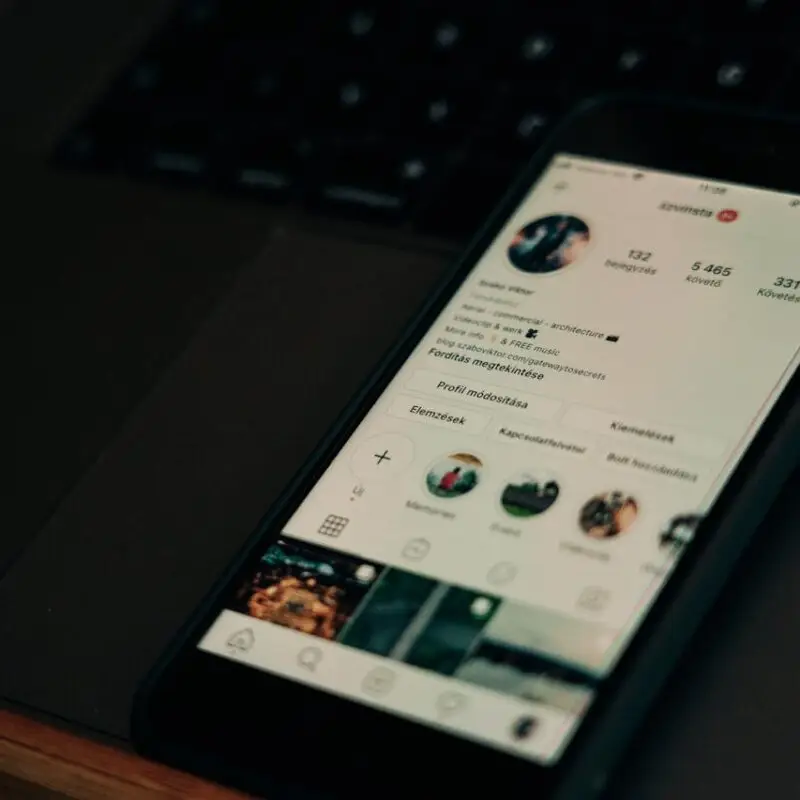Are your customers telling you your website is confusing? The number of abandoned carts is downright scary. Maybe you’re receiving far too many emails with questions about how to navigate the purchase process.
Our clients have been there, too. Don’t worry though, because we’re here to explain what’s usually the cause of these problems and what can be done to fix them, so you can earn MORE and work LESS.
1. What’s your brand all about?
Today, we want to ask you: did you make it clear what your brand is all about at the very top of your website? If not, visit the workbook. You’re going to need it, my friend.
There’s a primary space on your website called above the fold. It’s that primary space you see when you open the site before you even scroll. This is where it should say loud and clear what your brand does, who is your ideal client and how what you do delivers value.
Usually, people make a decision to leave or stay on the website within the first 4 seconds, sometimes less. Most of the decision being fueled by visual aspects of the site, since our brain analyzes these 10,000 times quicker than text. We’re funny like that.
LET’S RECAP – If someone visits your website and isn’t impressed by its aesthetic appeal and doesn’t know what it is about within 4 seconds or less you can expect a hard bounce out.
They will see your site as confusing and they sure as heck will not remember your brand.
Don’t worry though! Making it clear is easy when you have a strong brand strategy and you’ve got our skills to use visuals to deliver the message beautifully.
2. Lengthy Copy
Every struggled writing content for your site? Or even a simple bio on your About page? We hear you!
You’re tempted to give away all the important information there, on that one page. Stop yourself! When you’re down, go back and read what you have – and cut it in half. Usually, it’s more than enough to entice people to click on your services or product page, without cluttering the website and making it more confusing. Remember, you want to keep people clicking through your site. They don’t need to see everything in one page.
More information is only good in certain places – such as products and services.
3. Too much content
Your homepage particularly! Short, sweet – interesting! Nothing confusing – EVER. It should only contain strategic elements designed to help you reach your goals (getting your viewers to click on your strategic journey). Remember, every brand is unique and there are different business models so this might mean different things to different people. Sitting back and thinking it through will help you avoid common mistakes.
TIP! Remove all the elements that are not crucial and cut your content in half. minimalism is key.

4. Complicated user journey
Ask yourself, is it really easy to buy a product from your shop? Make an inquiry? How many clicks does it require? If it’s more than 3, you should probably re-think the way you do things.
Sometimes it’s as easy as having one page for your inquiry form and link to it right from your homepage. Sometimes, it’s redesigning the way you take inquiries so that the process is streamlined and easier on you and your clients.
Do you have an online shop or a membership site? Make sure your website is easy to browse and the buying process is very simple. Don’t ask for things you don’t need and make sure everything is easy to find.
RECAP
SIMPLE + MINIMALISM + LESS THAN 3 USER CLICKS = SUCCESS.
5. Way too many Call-to-Actions (CTAs)
CTAs can make people want to leave your website. Too many buttons, each of them linking to a different thing or having a different copy can make anyone confused and overwhelmed. I have clients specifically ask for these and it truly pains me to do it because I know just how overwhelming it can be to look at.
If you want your clients and customers to do a specific thing on your website, make sure to emphasize one CTA or, if possible – only have one type of it on the page. Make your CTA deliberate for each page.
There are also primary and secondary calls to action, which should look a bit differently and have different priorities. This is really important especially on online shop websites, where we can’t avoid inserting different links. We can certainly make some more enticing, though.
A confusing website will drag your business down but with a few simple changes, you can definitely remove this problem and convert and grow on the path to success.
Ready to make your website start growing your business?





